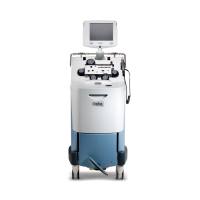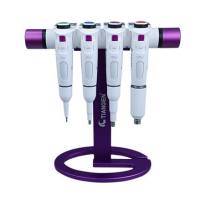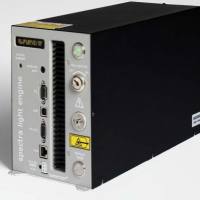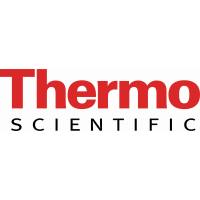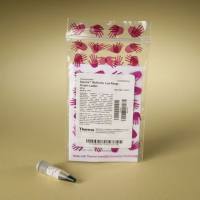The Measurement of Electronic Absorption Spectra in the Ultraviolet and Visible
互联网
527
There is a general trend, for both instrumental and computational reasons, towards spectra recorded on single-beam or effectively singlebeam spectrometers. The results of all measurements ought to be treated as “spectra” with the analyte absorption spectrum being the difference between the (analyte + solvent) spectrum and the solvent spectrum. Double beam spectrometers lend themselves to the traditional methodology involving matched cells, one containing solvent only in the reference beam and the other containing (analyte + solvent) in the sample beam. This was attractive, since continuous reference to solvent provided chart-recorder presentations that were easier to process by hand because the solvent absorption was corrected for automatically. In regions where the solvent is absorbing strongly, reference correction may be carried out with absorbance values from the side of a solvent absorption band; inevitably, the absorption/wavelength data here are imprecise, particularly when manual data manipulation is used. On the other hand, continuous compensation with matched cells leads to the loss of the solvent-in-cell spectrum, which can be an important feature of absorption spectrum measurement validation.


